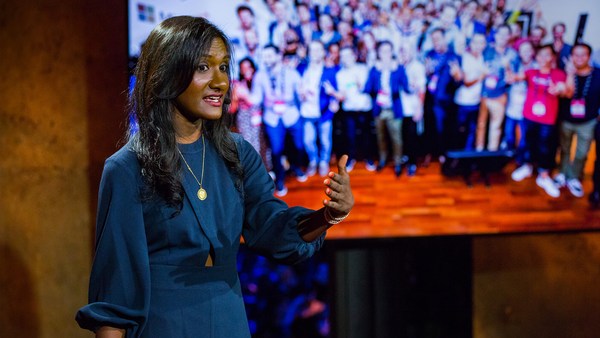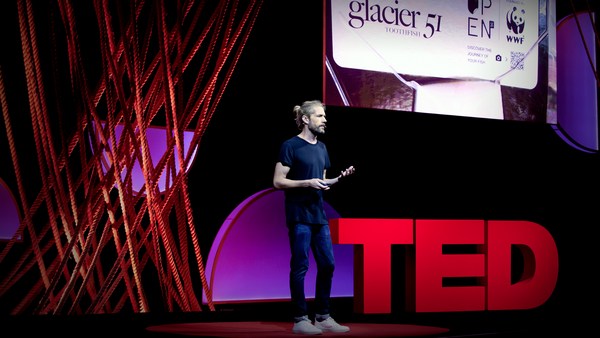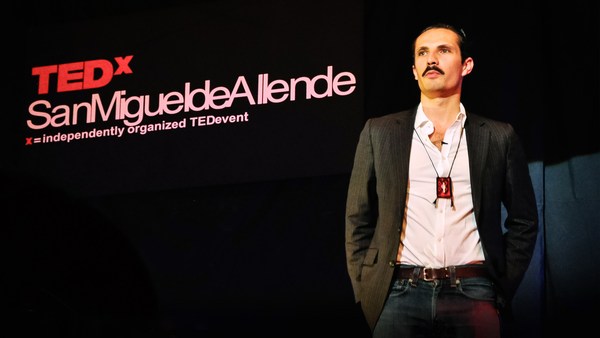No subtitle found
Related talks

Ashwini Anburajan: How cryptocurrency can help start-ups get investment capital

Bettina Warburg: How the blockchain will radically transform the economy

Markus Mutz: How supply chain transparency can help the planet

Danny Hillis: The Internet could crash. We need a Plan B

Aleph Molinari: Let's bridge the digital divide!
